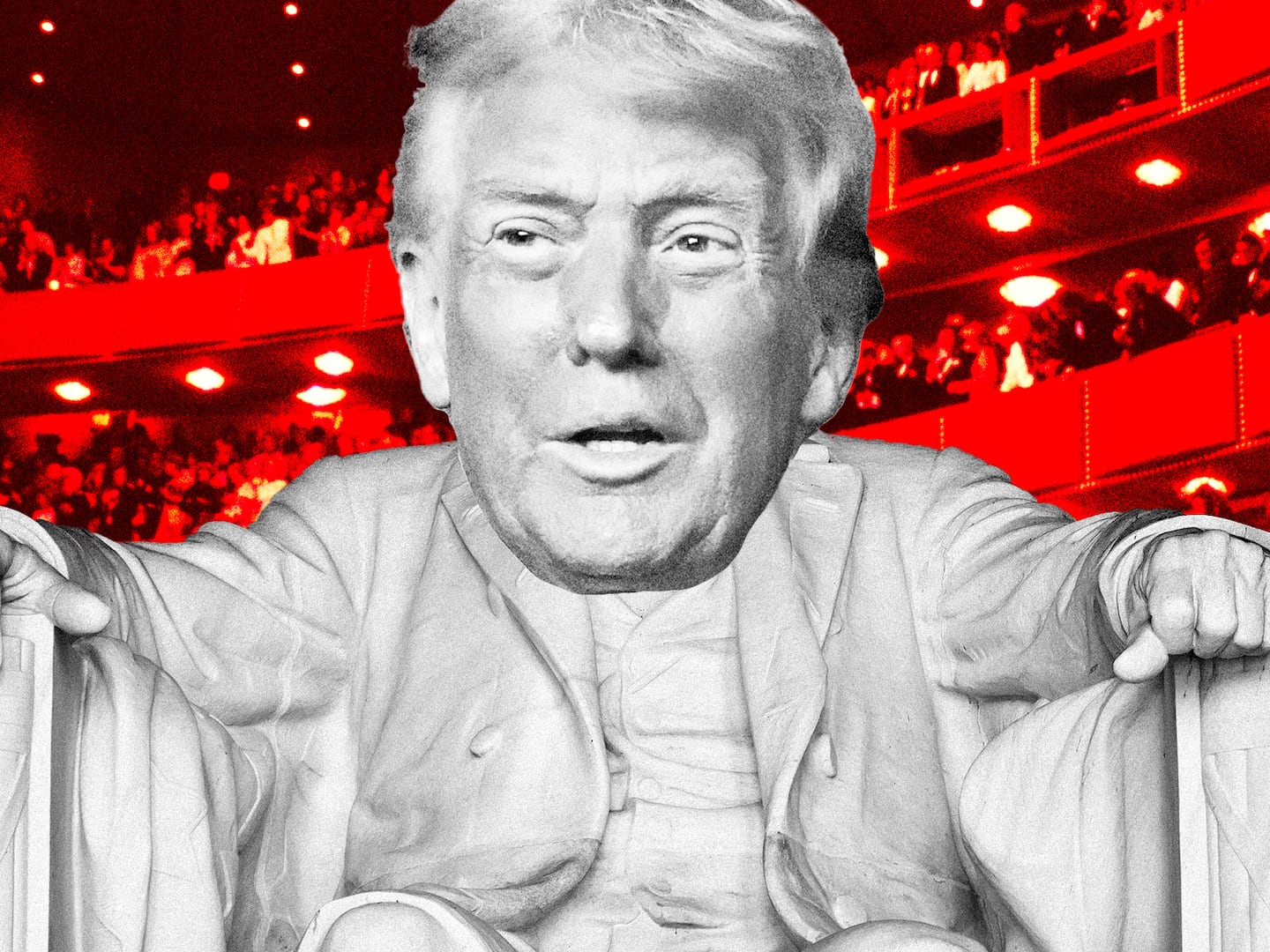In 1923, Joseph Stalin—then the general secretary of the Communist Party of the Soviet Union—wrote a top-secret note to the Politburo claiming that the ailing Soviet leader Vladimir Lenin had asked Stalin to “take the responsibility for finding and administering to Lenin a dose of potassium cyanide,” apparently to put him out of the misery of a slow death. “I do not have the strength to carry out Ilyich’s request and I have to decline this mission, however humane and necessary it might be, and I therefore report this to the members of the Politburo,” Stalin wrote. On Jan. 21, 1924, Lenin was killed by a stroke. Now, a group of doctors at a recent conference took on the role of amateur detectives and re-examined the medical questions surrounding the death and concluded that the stroke may have been induced by poison after all. The doctors said Stalin’s note sounded like “the lady doth protest too much,” particularly since Stalin would inherit control of the Soviet Union and had no scruples about murdering millions later in his career.

This story eerily parallels another tale of suspicious Soviet strokes. The distinguished Slovenian historian Jože Pirjevec recently published a biography of Josip Broz Tito, who led the former Yugoslavia for 27 years. (Tito in Tovariši became a bestseller in Slovenia, but is available only in Slovene at the moment.) The book draws on numerous archives from Yugoslavia that have largely been ignored by Anglophone scholars.
Among Pirjevec’s many new discoveries is circumstantial evidence suggesting that Tito may have ordered a Yugoslav assassin to induce Stalin’s fatal stroke. If Tito brought about Stalin’s death in the same manner as Stalin brought about Lenin’s, then a certain degree of poetic justice is at play, one which dances behind an espionage plot worthy of James Bond.
When Stalin died, on March 5, 1953, a letter was found in his office that had been written by Tito. Stalin had tried to kill Tito on numerous occasions—the two had been at odds with one another since World War II, which Tito had seen as an opportunity for revolution, breaking from the Serbs, Croats, and Slovenes to lead a Yugoslav nation independent from Soviet influence. Stalin, wary of Tito’s revolutionary drive and personal charisma, had tried to kill him on 22 occasions in the years following the war. All attempts failed, including a jewelry box that released nerve gas when opened. Tito’s letter to Stalin claimed that while Stalin had sent many assassins, Tito would only need to send one.
On the night of Feb. 28, 1953, Stalin left his offices and retired to his countryside dacha. He called a meeting that was attended by a number of his closest associates, including the head of the NKVD secret police, and Nikita Khrushchev, then the party chief of Moscow. They met until 4 a.m., and then the associates left the dacha, later saying that there was no indication that Stalin was feeling ill. Stalin retired to his bedroom after telling his bodyguards that they could go off-duty, specifying that they were not to wake him.
Stalin normally summoned his bodyguards early each morning to ask for tea, but this time his bedroom was silent. While the guards were worried, they had been expressly told not to wake him. Disobedience could be punished by execution, and there was no one in the dacha who could countermand Stalin’s own do-not-disturb order.
It was only at 6:30 p.m. that a light came on in Stalin’s room, but there was still no sound from within. At 10 p.m. the guards finally decided that they must enter the room. Stalin was lying on the floor in a pool of his own urine, unable to move or speak. His broken watch indicated that he had fallen at 6:30 p.m.
Even then, none of his minions felt that they had the authority to summon a doctor—Stalin had recently even punished his doctors as part of a purge. The bodyguards first called the minister of state security, who then called the head of the NKVD. What happened next is not clear, but the delay was such that most historians believe it to have been intentional.
When doctors did reach him, they found him partially paralyzed and vomiting blood. It seemed that he had suffered a massive stroke. The professional opinion of many of the best doctors in Russia was sought while they were still behind bars. Stalin survived several days of agony, ultimately choking to death in his bed on the night of March 5.
Pirjevec contends that Stalin was sufficiently concerned by a threat to have referred to Tito’s letter within hours of the stroke that would eventually kill him. There’s also one crucial piece of evidence that supports a medical explanation: Stalin had previously suffered minor strokes.
In 1955, the man who succeeded Stalin visited Belgrade, apologized to Tito for Stalin’s assassination attempts, and congratulated him on his survival. “You did well in protecting yourself. You had good guards and good informants who informed you about everything Stalin was planning for you.” Tito smiled and said: “Stalin knew that I was very well guarded. After many warnings that it was enough sending assassins, he evidently got a bit scared.” The person who took over from Stalin was, of course, Khrushchev—the man with the most to gain.






